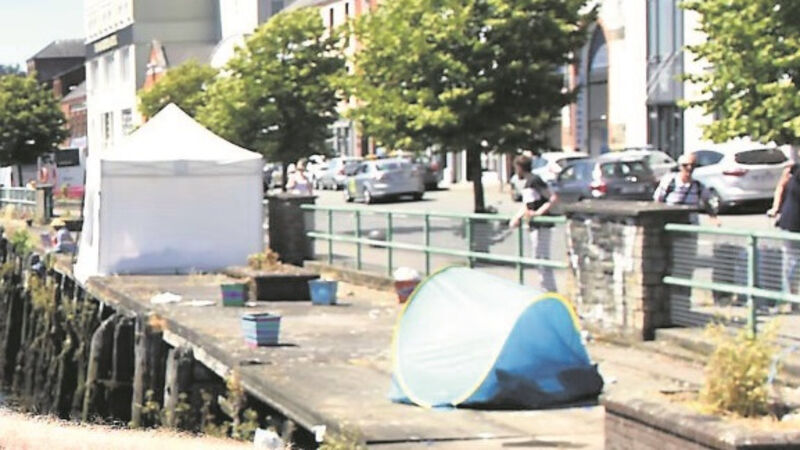Long-term homelessness in Cork up 10% since last year

Record numbers sought help from Cork Simon last year as the city’s long-term homeless figure surged 10%.
A total of 1,403 people turned to the charity for help last year — an 18% increase in 12 months and the highest figure in the charity’s 46-year history.












